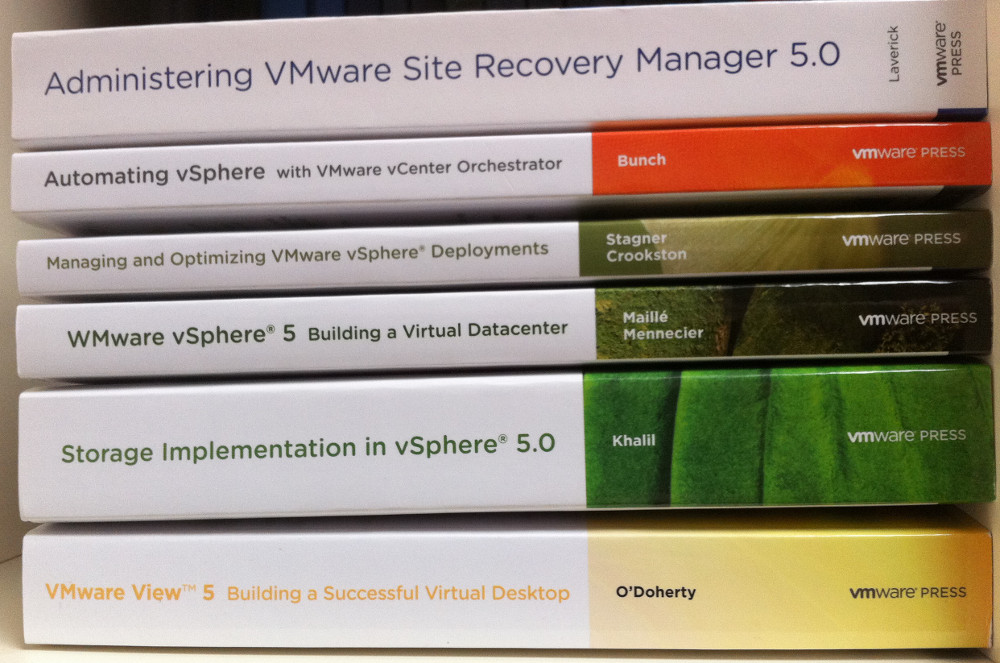Scale Computing has an interesting storage hyperconverged solution: its HC3® platform can be used for small- and medium-sized businesses but also in some enterprise departments with a simple (and different) approach to virtualization and storage.
As data requirements at organizations of every size continue to require more storage assets and additional compute power, virtualization becomes a more-attractive option. For IT staffs at smaller organizations, the introduction of a virtualization layer can add complexity and management issues beyond what they are often prepared to handle. The new user interface deployed in Scale Computing’s version 6 upgrade features an intuitive design with almost no learning curve that allows administrators to employ a “set it and forget it” mentality where they only need to periodically log in to make changes to the system.











